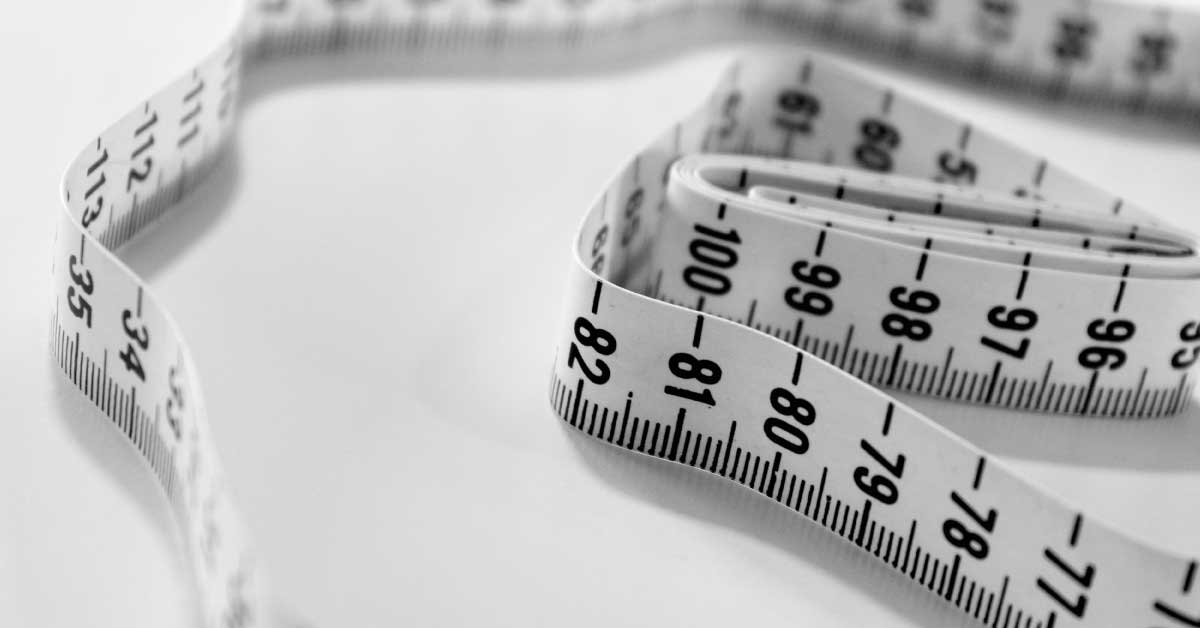Eye Care in Ayurveda

There is no need to explain about the importance of eyes. Vision is a real gift. Therefore the eye care is also important. Before that let me give a brief idea about the structure of eyes.
Ayurveda deals with this topic under the branch “Shalakyatantra”.
THE STRUCTURE OF EYE
Even though we call it eye ball, it is “ablate spheroid” in shape. It has mainly 3 layers or coats:-
- Fibrous coat:- The outermost dense coat that protects the contents inside. Sclera, the white portion that we can see, is opaque and forms the major part. Cornea, the transparent part that we see is attached to the sclera, like a watch glass. Conjunctiva, a translucent mucous membrane, is firmly attached at the junction of sclera and cornea.
- Vascular Coat:- The name gives the idea. Yes, the layer is rich in blood vessels and provides nutrition to the other structures. The Iris, the colour of which determines the colour of our eyes, is present in this layer. Lens is also a part of this coat.
- Nervous Coat:- The vision is the main function of eyes. So this layer, also known as the Retina, does all those related to visual function.
We all have an idea, how our eyes function. The light rays fall on retina, after passing through the cornea and lens, forming an inverted image, this is later processed by the brain to form the original image.
Ayurveda also explains the structure and the functioning of eye in detail. It also explains the disorders that affect eyes and its adjoining structures. The treatments and procedures are of a wide range.
THE TREATMENTS AND PROCEDURES FOR EYES
- Netra Seka:- In this the medicated liquid is poured on the closed eyes at a specified height. The medicines used includes decoctions etc. this procedure is usually done at day time.
- Aschothanam:- In this the medicine is instilled as drops in the open eyes. Here also the height from which the medicine is instilled is very important. Mainly this procedure is used as the first line of treatment for almost all the eye diseases.
- Anjanam:- In this procedure the medicine is applied in the eyes using a rod like instrument. This can be done as a daily regimen.
- Netra Tarpanam:- in this a well like structure is made around the eyes and the medicine is poured into it and allowed to stay inside it.
There are many other treatments and procedures for the eyes. Only a few are mentioned above.
As the eyes are one of the most important organs in our body, take utmost care while undergoing the treatments. The person ‘must’ follow the instructions given by the physician.
Above all, we all know that “Prevention is better than cure”. So:-
- Always read in well lit room
- Continuous and long time use of mobile phones and laptops may cause eye problems. Always adjust the brightness of the screen.
- Never watch television from close distance.
- Include vitamin rich food in your diet
- If you are feeling strain in your eyes for any reason, give time for your eyes to relax.
- Proper sleep will help a lot.
REFERENCES:-
- Comprehensive Ophthalmology
- SAMS







